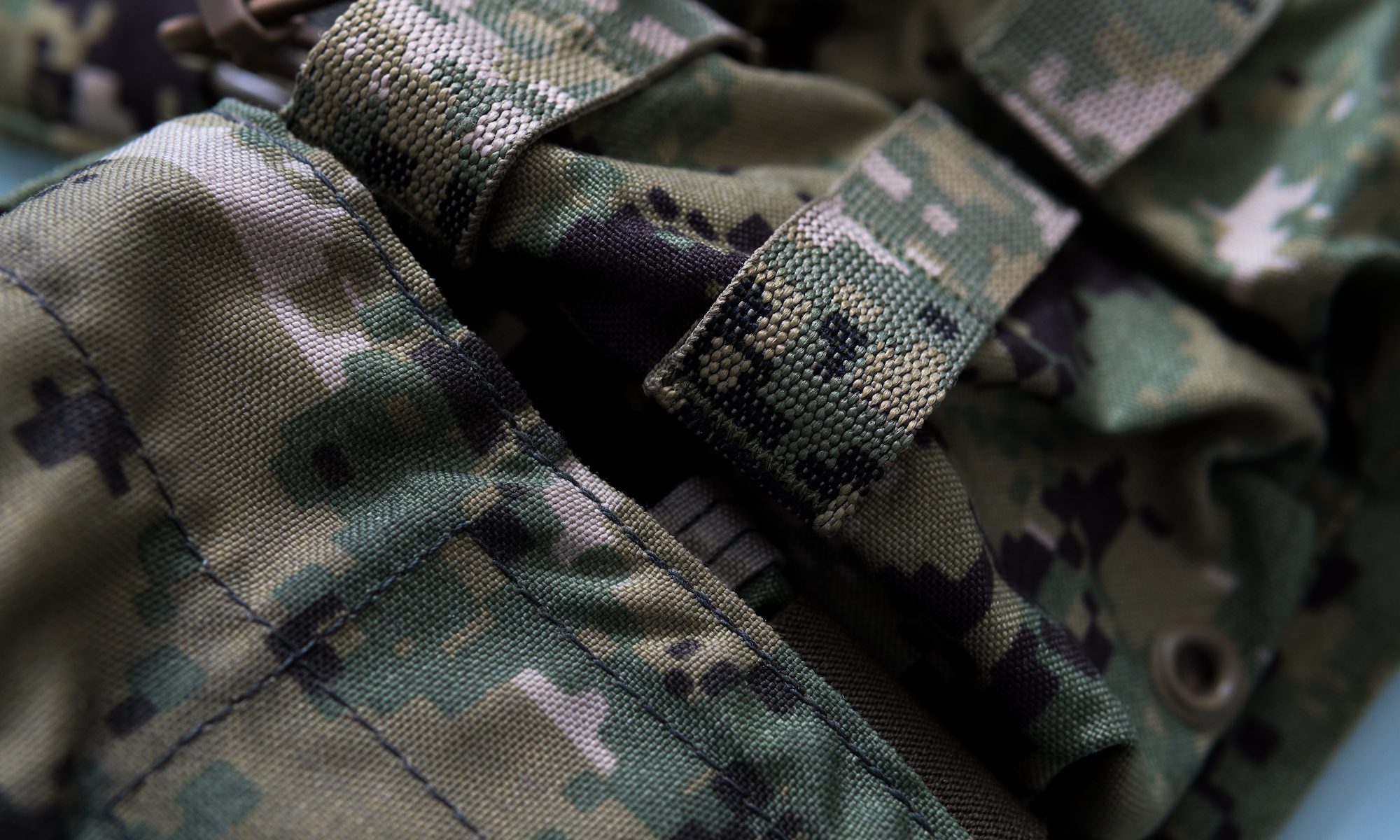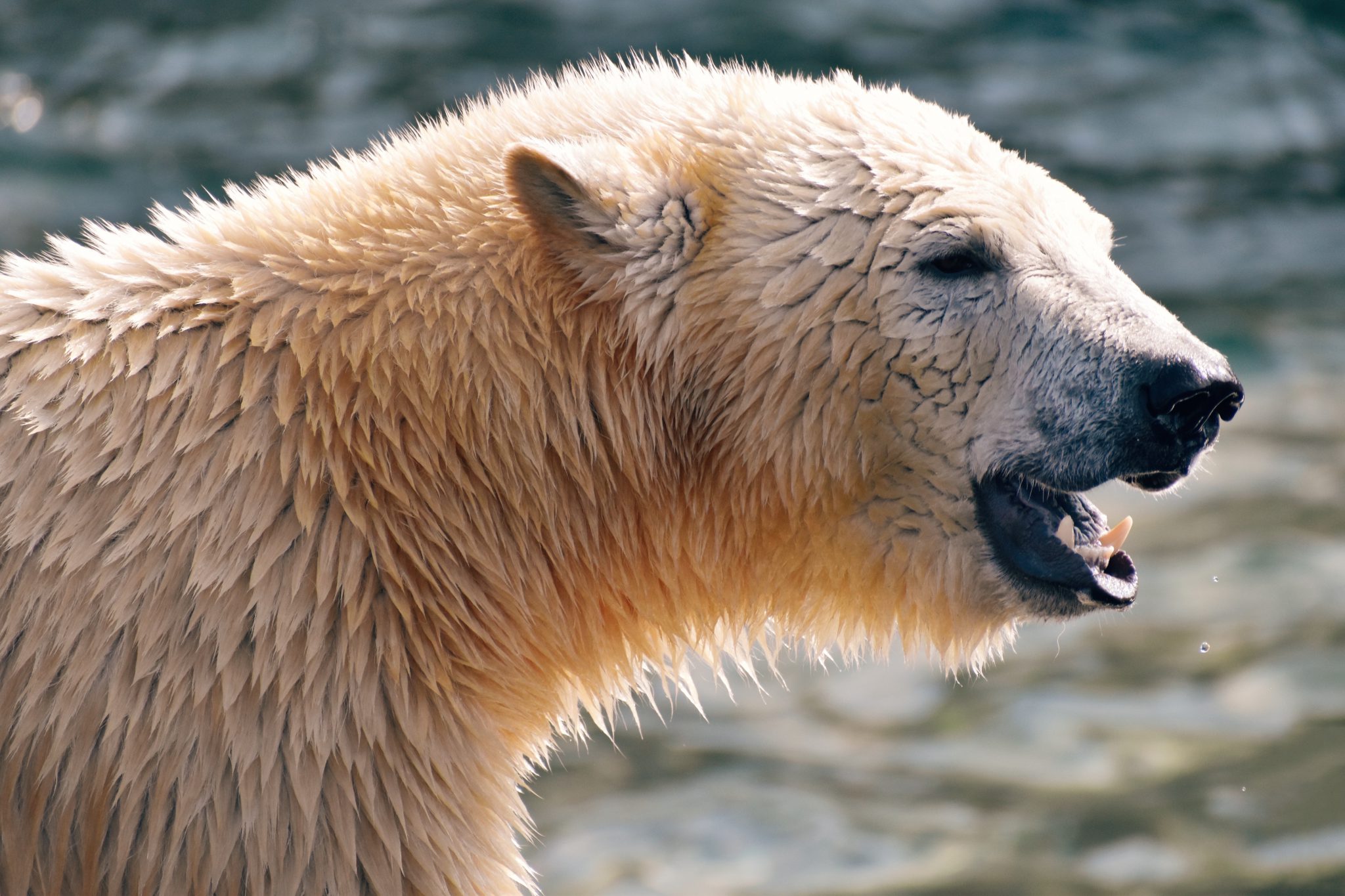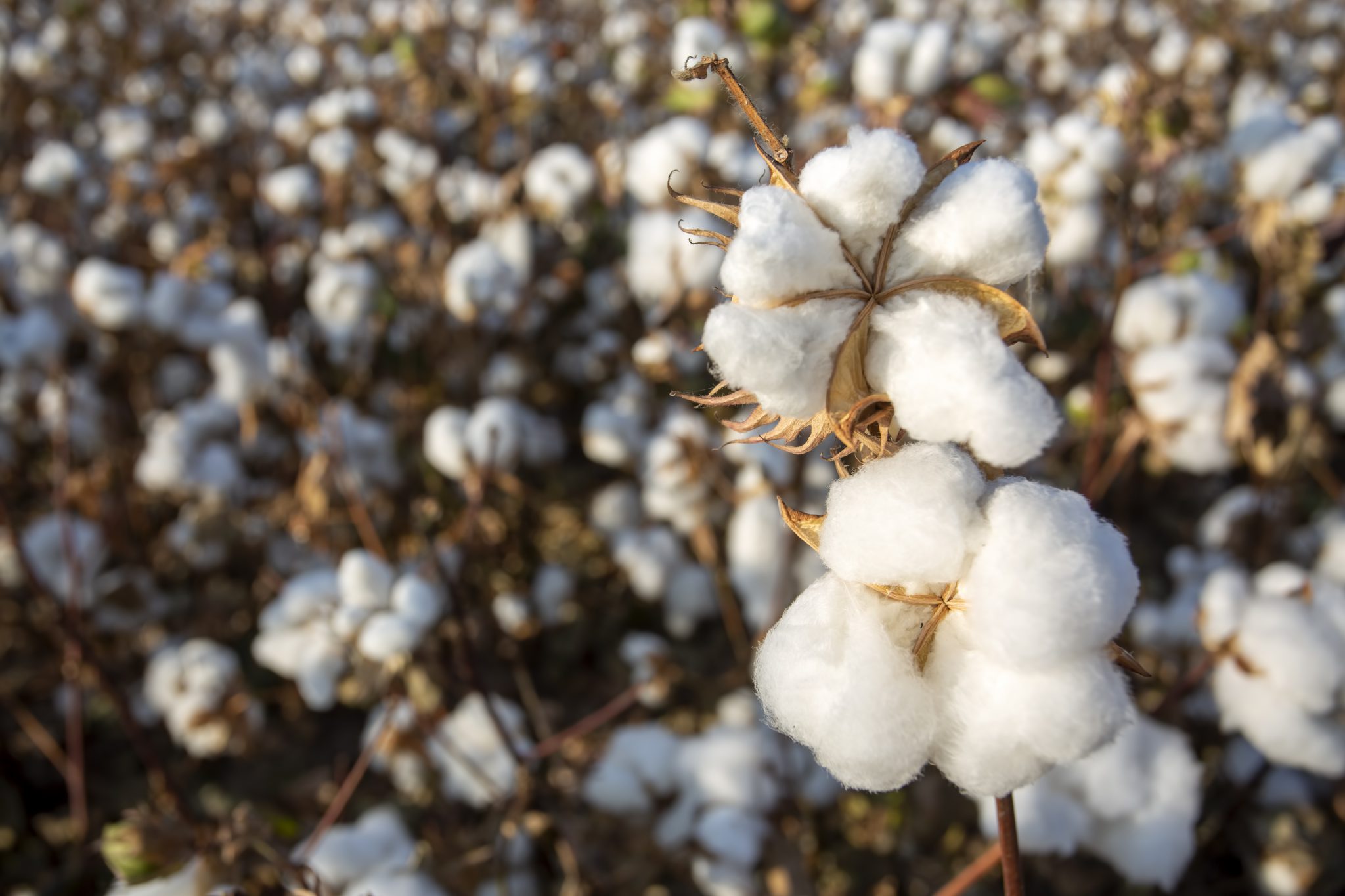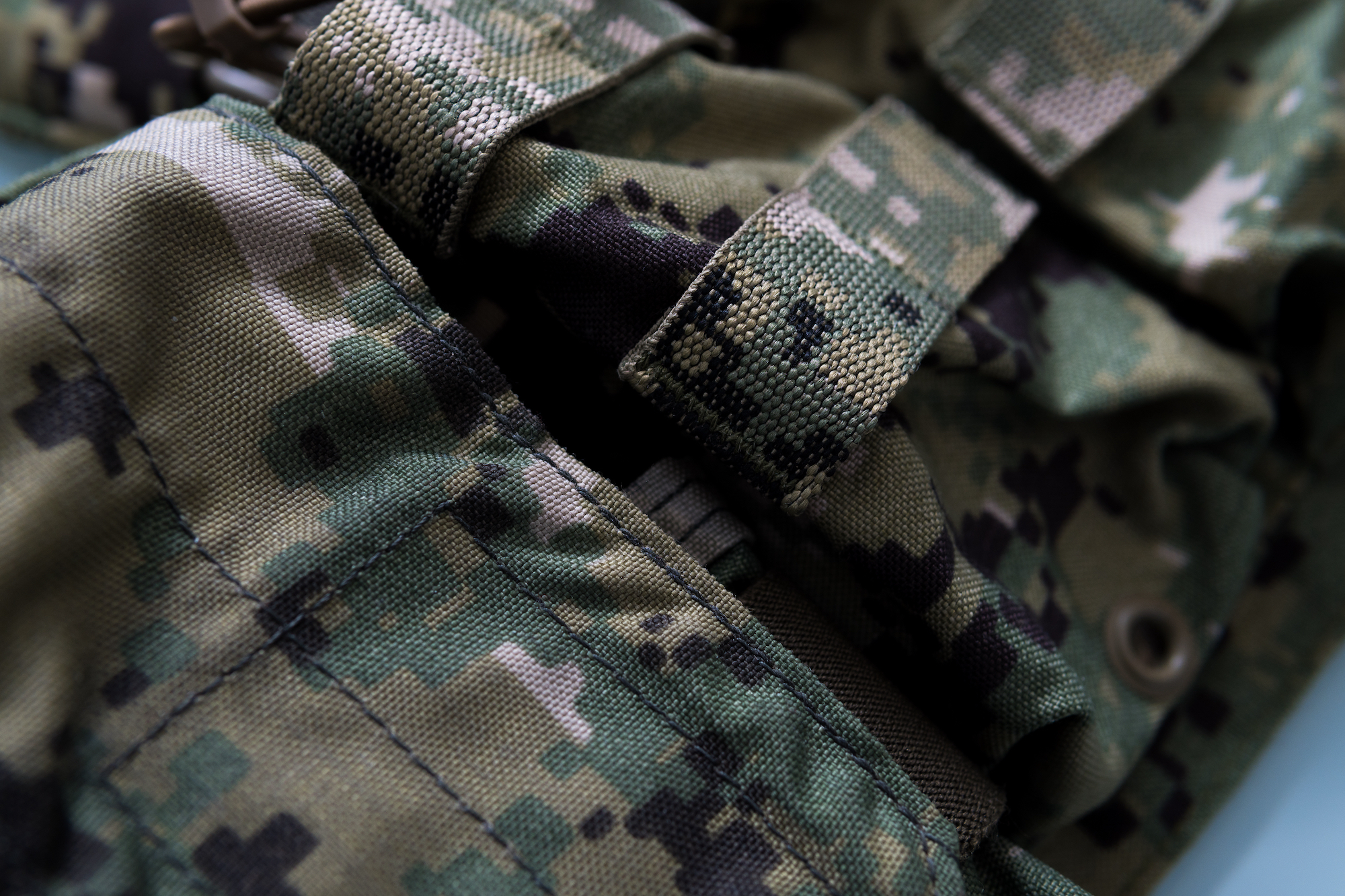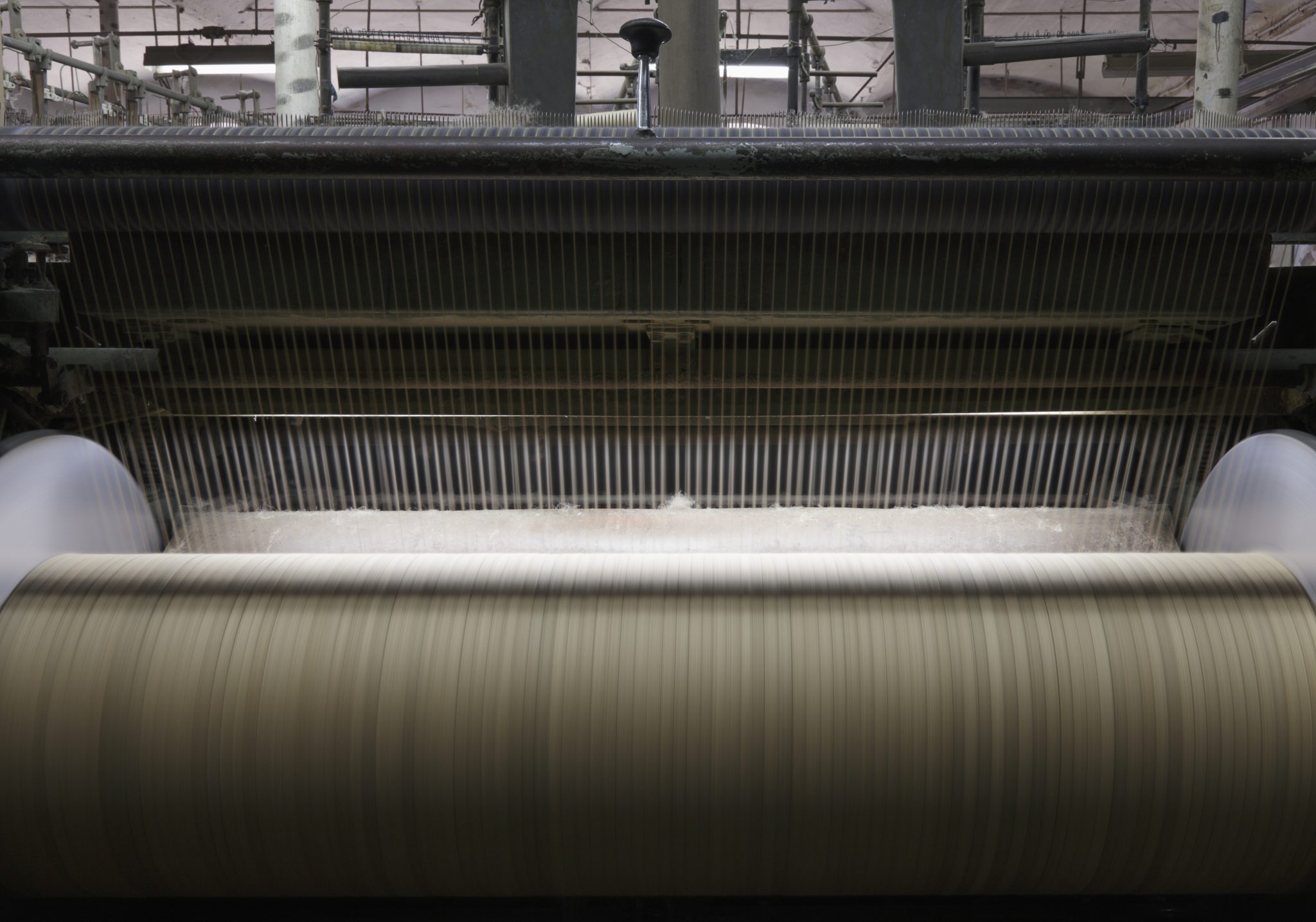A Sustainable Material created Chicken feathers, WITH THE LOOK AND FEEL OF FINE WOOL
KERTEX is a next generation, high-strength bio-fabric. Taking its name from ‘Keratin’ and ‘Textiles,’ KERTEX is created from this fibrous protein that possesses unique structural properties and is among the toughest natural bio-polymers. Keratin is sustainable and abundant, found in robust structures like hooves and horns of animals. We extract Keratin from waste chicken feathers and convert it to fibers to be woven into KERTEX.
Polyester and other polymer-based textiles contribute between 20% and 35% of the microplastics choking Earth’s oceans. KERTEX is our durable and sustainable step away from petroleum-based fabrics and into the future.
The World of KeRTEX
Keratin Proteins
The beta-keratin (β-keratin) used in KERTEX is a member of the structural protein family, found in the scales, beaks, claws and feathers of birds, like chickens.
Natural & Synthetic Textiles
Global consumption of natural and synthetic fibers is estimated at nearly 70 million tons annually.
KERTEX Applications
KERTEX is being developed for the U.S. Army, to meet high-wear specifications for defense applications in straps, apparel, vehicle seat belts, covers, and more
News & Updates
Gallery
A sustainaBLE REVOLUTION
Global consumption of natural and synthetic fibers is estimated to be nearly 70 million tons annually, and these fibers are used in clothing, carpets, vehicles, construction materials, and various other everyday applications. However, petroleum-based synthetic fabrics are basically plastic. Plastic fibers are released whenever we wash polyester and other polymer-based textiles, and contribute between 20% and 35% of the microplastics that flow into the Earth’s oceans.
KERTEX is a sustainable, bio-based fabric that will reduce global reliance on synthetic, petroleum-based materials while mitigating the drawbacks associated with many natural fibers. KERTEX is made from a globally available, year-round waste product: chicken feathers. Each year, the U.S. produces more than 1.2 million metric tons of waste feathers, which contain the keratin bio-polymer foundation of KERTEX.
KERTEX is sustainably produced with advanced, AI-informed chemistry.
KERTEX ADVANTAGES
Sustainability
Each year, the U.S. poultry industry generates more than 1.2 million metric tons of waste chicken feathers, an ample and sustainable supply of raw material byproduct for KERTEX production.
No Seasonality
Other plant- and animal-based fibers are constrained by the seasonality of growing, harvest, and development seasons. KERTEX takes advantage of year-round raw material supply.
All Natural
The production of KERTEX results in approximately 50% lower greenhouse gas emissions during the manufacturing process, reducing its carbon footprint compared to synthetic fabrics.
Our Address
828 Fort Street Mall Ste. 600, Honolulu, Hawaii, 96825

